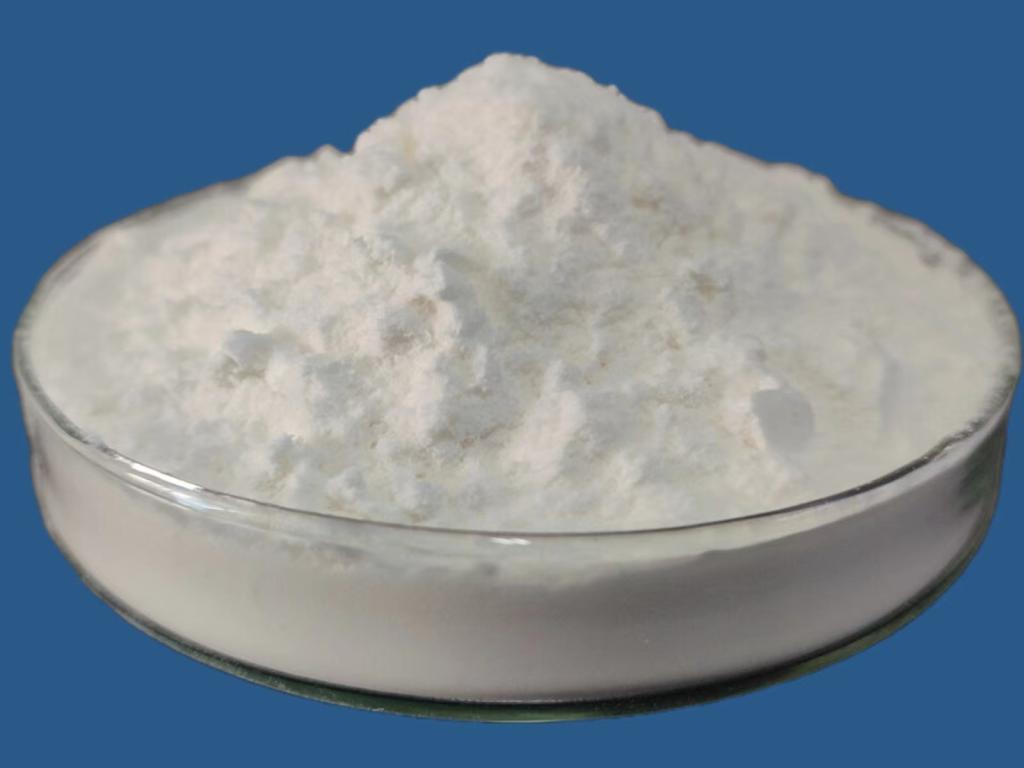Tel:+8618231198596

News
 CONTACT
CONTACT
 CONTACT
CONTACT
- Linkman:Linda Yao
- Tel: +8618231198596
- Email:linda.yao@dcpharma.cn
- Linkman:CHARLES.WANG
- Department:Overseas
- Tel: 0086 0311-85537378 0086 0311-85539701
News
What are the potential benefits of using ε-Polylysine hydrochloride?
TIME:2023-06-16
Understanding Ready-to-Eat Meals:
1.1 Definition and Characteristics:
Ready-to-eat meals are pre-packaged, fully cooked food products that require minimal preparation, such as heating or simple assembly. These meals cater to consumers seeking convenient, time-saving options without compromising on taste or nutrition.
1.2 Shelf Life Challenges:
Ready-to-eat meals face challenges related to microbial spoilage and foodborne pathogens during storage and distribution. Maintaining product quality and safety throughout their shelf life is crucial for consumer satisfaction and food safety regulations.
ε-Polylysine Hydrochloride as a Preservative:
2.1 Overview of ε-Polylysine Hydrochloride:
ε-Polylysine hydrochloride is a natural antimicrobial compound derived from microbial fermentation. It is composed of multiple lysine residues linked together, and its antimicrobial activity primarily targets Gram-positive bacteria.
2.2 Advantages in Preserving Ready-to-Eat Meals:
ε-Polylysine hydrochloride offers several benefits as a preservative for ready-to-eat meals:
a) Broad-Spectrum Antimicrobial Activity: ε-Polylysine hydrochloride exhibits efficacy against various bacteria, including foodborne pathogens, such as Escherichia coli and Salmonella spp., thereby reducing the risk of foodborne illnesses.
b) Extended Shelf Life: The antimicrobial properties of ε-polylysine hydrochloride help inhibit the growth of spoilage microorganisms, allowing for a longer shelf life and reduced product waste.
c) Temperature Stability: ε-Polylysine hydrochloride remains effective over a wide range of temperatures, making it suitable for ready-to-eat meals that undergo heating or cooling processes during storage and preparation.
d) Minimal Impact on Taste and Texture: When used within appropriate concentrations, ε-polylysine hydrochloride does not significantly alter the taste, aroma, or texture of ready-to-eat meals, preserving their sensory attributes.
Safety Considerations:
3.1 GRAS Status:
ε-Polylysine hydrochloride has been granted Generally Recognized as Safe (GRAS) status by regulatory agencies, including the U.S. Food and Drug Administration (FDA) and the European Food Safety Authority (EFSA). This designation affirms its safety for use as a food additive within specified limits.
3.2 Allergenicity and Toxicity:
Studies have demonstrated that ε-polylysine hydrochloride does not exhibit allergenic properties. It is not metabolized in the human body and is excreted unchanged, posing minimal risk of toxicity when used according to approved levels.
3.3 Regulatory Compliance:
Compliance with regional and national regulations regarding the use of ε-polylysine hydrochloride as a food additive is crucial. Adhering to the prescribed maximum usage levels and labeling requirements ensures consumer safety and regulatory compliance.
Product Quality Considerations:
4.1 Texture and Stability:
The addition of ε-polylysine hydrochloride to ready-to-eat meals does not significantly affect their texture or stability. Proper formulation and dosage adjustment can help maintain the desired texture and quality attributes.
4.2 Nutritional Value:
ε-Polylysine hydrochloride does not interfere with the nutritional composition of ready-to-eat meals. It does not affect the bioavailability of essential nutrients, ensuring that the nutritional value of the products remains intact.
Application and Integration:
5.1 Dosage and Application Methods:
The optimal dosage of ε-polylysine hydrochloride depends on various factors, including the specific product formulation, target microorganisms, and desired shelf life. Application methods may include direct addition during processing or incorporation into packaging materials.
5.2 Compatibility with Packaging:
ε-Polylysine hydrochloride can be integrated into packaging materials, such as films or coatings, to provide an additional barrier against microbial growth. This integration enhances the preservation potential of ready-to-eat meals during storage and transportation.
Consumer Perception and Acceptance:
Transparent communication and education are crucial to ensure consumer acceptance of ε-polylysine hydrochloride as a preservative in ready-to-eat meals. Providing clear information about its purpose, benefits, and safety can help maintain consumer trust and confidence.
Conclusion:
ε-Polylysine hydrochloride presents significant potential as a natural preservative for ready-to-eat meals. Its broad-spectrum antimicrobial activity, temperature stability, minimal impact on product quality, and regulatory compliance contribute to enhanced food safety and extended shelf life. By carefully integrating ε-polylysine hydrochloride into formulation and packaging strategies, producers can maintain the taste, texture, and nutritional value of ready-to-eat meals while ensuring consumer satisfaction and regulatory compliance.
- Tel:+8618231198596
- Whatsapp:18231198596
- Chat With Skype







